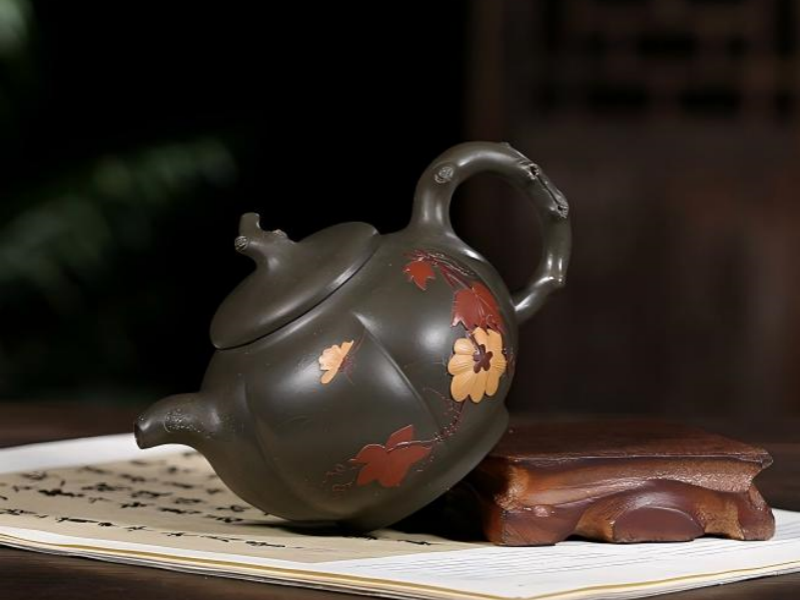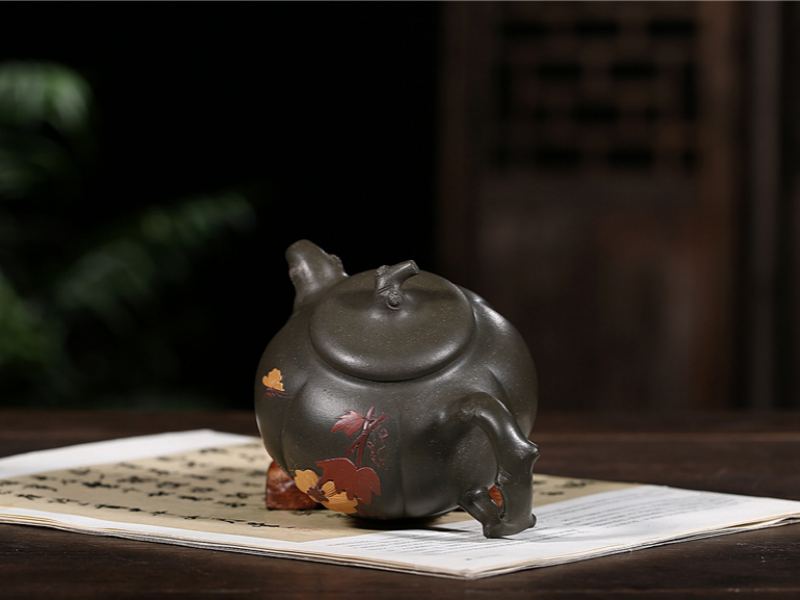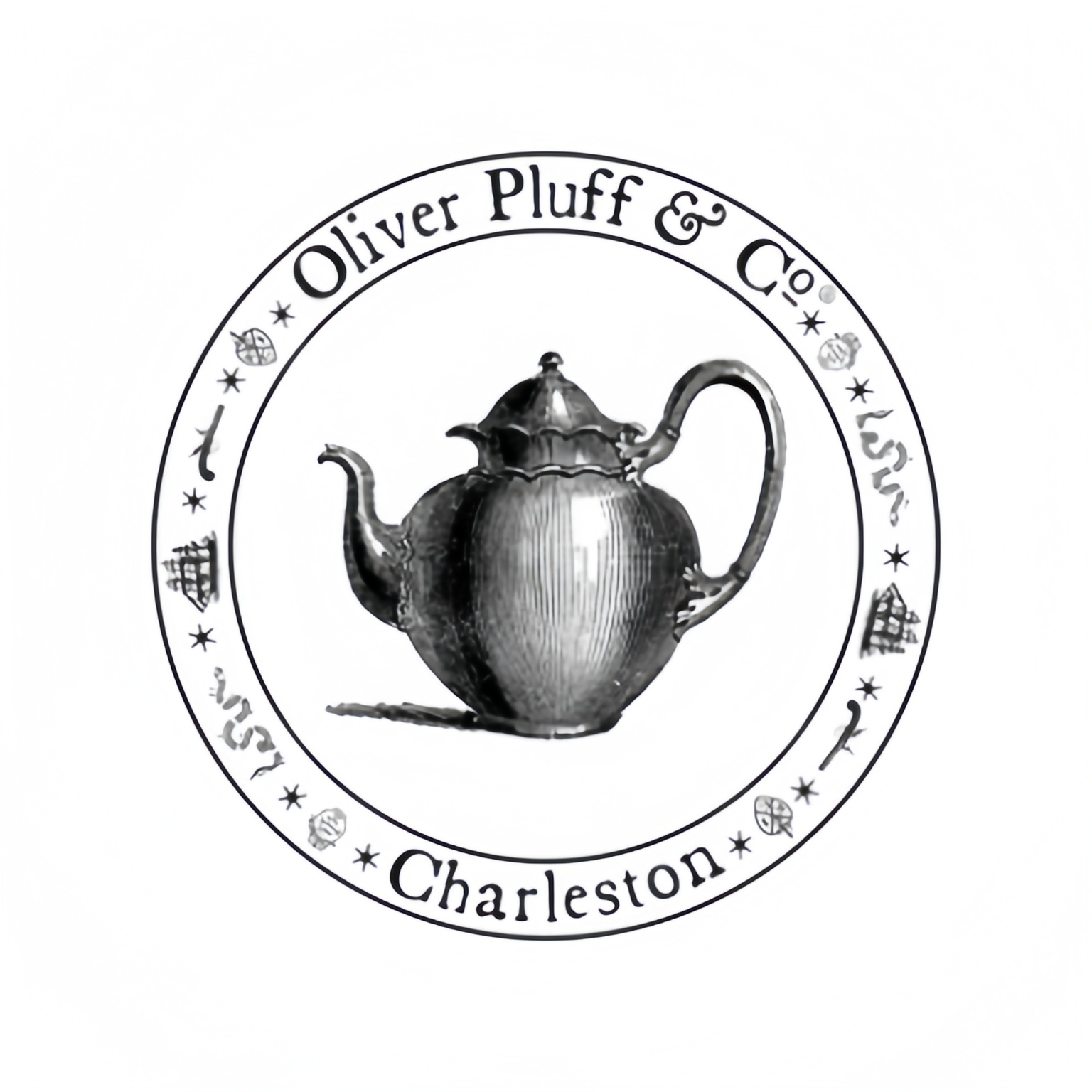Product Detail
Yixing Ware Teapots: Meditation Stone – The Detail of Product Introduction
About the Product
Yixing ware teapots: Meditation Stone
Made from Yixing clay teapots originating from Yixing, in the Jiangsu province in China.
A masterpiece of Made from, pottery originating from Yixing, in the Jiangsu province in China. Traditional embodies of Chinese zisha teapots and tea culture.
The Meditation Stone teapot is minimalistic in aesthetic, inspired by stones found in nature. The earth tones of the clay are subtly elegant, lending the teapot an “ordinary yet extraordinary” appeal. The form is smooth and balanced, and the teapot feels comfortable in the hand. Each item is handcrafted by a master artisan using techniques inherited through generations. Each piece is unique, authentic, and exquisite.
Scene Application Expansion
What Industries Is It Applicable To?
Tea houses and specialty cafés Yixing Meditation Stone teapots have become both functional teapots and design statements in high-end tea houses. With their authentic appearances and superior brewing capabilities, these pots are vital tools for companies that serve premium teas and take pride in offering the best tea-drinking experience.
Hospitality and Luxury Accommodations Boutique hotels, wellness retreats, and luxury resorts often use these teapots to enhance their guests’ stay. The Meditation Stone teapot provides an authentic cultural touchpoint while its sleek design pairs well with high-end accommodation aesthetics.
Wellness and Meditation Centers The term “Meditation Stone” is no mistake—these teapots are often integrated into mindfulness practices and tea ceremonies at wellness centers, yoga studios, and meditation retreats. You’ll find that the practice of making tea in these teapots can be a meditative experience.
Cultural Institutions and Museums As representatives of Chinese cultural heritage, these teapots often feature in exhibitions, cultural events, and educational programs focused on Asian art, history, and tea traditions.
CORPORATE GIFTING AND EXECUTIVE SPACES The Meditation Stone teapot makes a superlative corporate gift with a message of appreciation for mindfulness in craft and culture. They also grace executive offices and meeting rooms, where mindful hospitality is welcomed.
What Common Problems Can Be Solved?

FAQ
Selection/Comparison Suggestions
When choosing the perfect Yixing teapot to add to your collection or practice, it’s important to know how the different models compare with each other. In the table below, we detail the main differences between our Meditation Stone teapot from other popular styles:
| Feature | Meditation Stone | Traditional Round | Modern Flat | Factory Produced |
| Clay Type | Premium Zisha (Purple Clay) | Zisha (Purple Clay) | Zini (Purple-Black Clay) | Mixed Clay Composite |
| Clay Origin | Authentic Yixing Huanglongshan Mine | Authentic Yixing | Yixing Region | Various Chinese Sources |
| Crafting Method | 100% Handmade by Master Artisan | Handmade | Semi-Handmade | Machine-Assisted |
| Capacity | 220ml | 150-300ml | 180-250ml | 200-500ml |
| Pour Quality | Smooth, No Dripping | Generally Good | Variable | Often Inconsistent |
| Heat Retention | Excellent (89% retention after 5 minutes) | Very Good (82% retention) | Good (78% retention) | Moderate (65% retention) |
| Porosity Level | Optimal (22-24%) | High (25-28%) | Moderate (20-22%) | Low (15-18%) |
| Aging Potential | Exceptional | Very Good | Good | Limited |
| Price Range | $180-$220 | $120-$180 | $90-$150 | $30-$80 |
| Authenticity Certificate | Comprehensive with Artisan Signature | Basic | Sometimes Included | Rarely Included |
| Recommended Tea Types | Oolong, Pu-erh, Black Tea | Oolong, Pu-erh | All Types | Green, White Tea |
Data Source: Porosity and heat retention measurements according to the Traditional Chinese Teapot Evaluation Standards (ISO/TC 34/SC 8) and PGI Geographical Indication for Yixing Teapots. www.iso.org/standard/73123.html and https://ec.europa.eu/info/food-farming-fisheries/food-safety-and-quality/certification/quality-labels/geographical-indications-register/
How to Choose the Right Yixing Teapot

Actual Cases/Customer Stories
The Tea Master’s Choice
After a long evaluation process, Master Zhang Wei owner of the prestigious Cloudy Mountain Tea House in San Francisco implemented the Meditation Stone teapot in his own exclusive tasting sessions. “I tried over thirty Yixing teapots side by side with our select Wuyi Rock oolongs before narrowing down on the Meditation Stone as our house teapot” says Zhang. “The contrast was so instantly apparent in the texture of the tea and the aftertaste. The skeptical customers even remark on the difference of mineral note and gentle mouth feel when the same teas are brewed in our teapots.” Zhang now hosts an educational workshop monthly with the Meditation Stone teapot sharing with the public how the proper teaware improves the overall tea experience.”
Corporate Wellness Initiative
The international consulting company Davidson & Associates took to the idea of a tea culture as part of their employee wellness program. “We put a traditional tea station with Meditation Stone teapots in each of our regional offices,” says HR Director Sophia Richardson. “The effect has been phenomenal. Employees tell us that the brief tea ritual helps them hit reset between intensely focused work sessions.” The firm recorded a 23% drop in reported workplace stress and a 17% boost in afternoon productivity after the program was introduced. “The Meditation Stone teapots weren’t just utilitarian objects—their looks and cultural symbolism lent depth and meaning to the whole experience for our employees.”

The Collector’s Journey
Tea collector and third-generation Japanese-American Robert Tanaka shared his experience with the Meditation Stone teapot: “I’ve been collecting teaware for over twenty years now, but my Meditation Stone teapot is special. I’ve used it exclusively for aged pu-erh tea for the last five years, and it’s astonishing to see how it’s changed. Not only has the outside acquired a beautiful patina, but the inside has been seasoned in ways that highlight the deep, earthy accents of the tea.” Tanaka keeps a careful journal of the teapot’s progress and regularly shares his experiences through his popular tea blog, where his side-by-side tasting papers show over and over how much better the Meditation Stone teapot is to brew with.
The Retreat
At Serene Waters Retreat Center in Colorado, Meditation Stone teapots became a core part of the mindfulness programming, with dramatic results. “Every morning meditation now begins with a ceremonial tea preparation with the Meditation Stone teapots,” according to the center’s founder, Dr. Elena Kostas. “The ritual of boiling the water, warming the teapot, and mindfully steeping tea makes the seamless transition into deeper meditation.” Time and again, retreatants have remarked that the tea ceremony was the highlight of the retreat, and many have even purchased their own Meditation Stone teapots to replicate the experience at home. “The teapot’s name is truly fitting,” says Dr. Kostas. “There is something about its balanced design and organic material that naturally inspires presence and reflection.”

The Bridge Between Generations
Emily Chen bought a Meditation Stone teapot as an act of cultural reconnection—and new family tradition With Her Daughter. “My grandmother had a prized Yixing teapot that was left behind when our family moved to America,” she explains. “As soon as I held the Meditation Stone teapot in my hands, I felt immediately reconnected to my culture.” She and her 12-year-old daughter now use the teapot for their tea ritual every Sunday. “My daughter is learning valuable lessons in patience, attention to detail, and appreciation for subtlety—all through this seemingly simple ritual. She’s already noticing the ways in which the teapot has changed after a few uses, which opens up conversations about the ways in which we too change with deliberate practice and time.” —For Chen, these weekly tea rituals have also added another layer of connectedness during the fraught pre-teen years—one that invites honest conversation and shared experience.
Closing Thoughts
A Living Tradition
While the Meditation Stone teapot is involved in brewing tea, it also represents something much more: a living tradition that continues to deepen and transform with each use. As [art]ifact, [art]work, and [art]ifact, the Meditation Stone teapot serves as a connection point to the rich, centuries-long lineage of tea—and also as a starting point for your own unique story. Unlike mass market products that lose value with age, your Meditation Stone teapot will only grow in character and value over years and decades of repeat use—and could one day, maybe quite likely, become a prized heirloom to pass onto future generations.
By choosing the Meditation Stone teapot, you are not simply buying a product but adopting a practice—one that has brought mindfulness, connection, and sensory pleasure to tea lovers for centuries. If you are a serious collector, a tea connoisseur, or simply someone who wants to join in the human tendency to weave meaningful ritual into the everyday, the Meditation Stone teapot is a material connection to a genuine tradition that continues to enrich lives the world over.



















DeShawn Malik Green –
The clay breathes with the tea somehow. Hard to explain but you can taste the difference imediately.
Kofi Jelani Jones –
This teapot completely changed my tea life. The meditating stone idea is not just pure marketing.
Benjamin Wong –
Perfect for my mindfulness practice. The weight and texture help me slow down and focus .
Mia Patel –
Amazing how this clay soaks up tea oils. With each session, the flavours become more complex each time.
Jamal Antoine Carter –
Outstanding teapot ! My Earl Grey no longer tastes subtle fish. highly recommend to tea lovers.
Alexander Nguyen –
I love the natural purple color variations. No two teapots look exactly the same which is special.
Olivia Kim –
Awesome for meditation practices. ater on during my tea, when holding it, my mind was totally centered